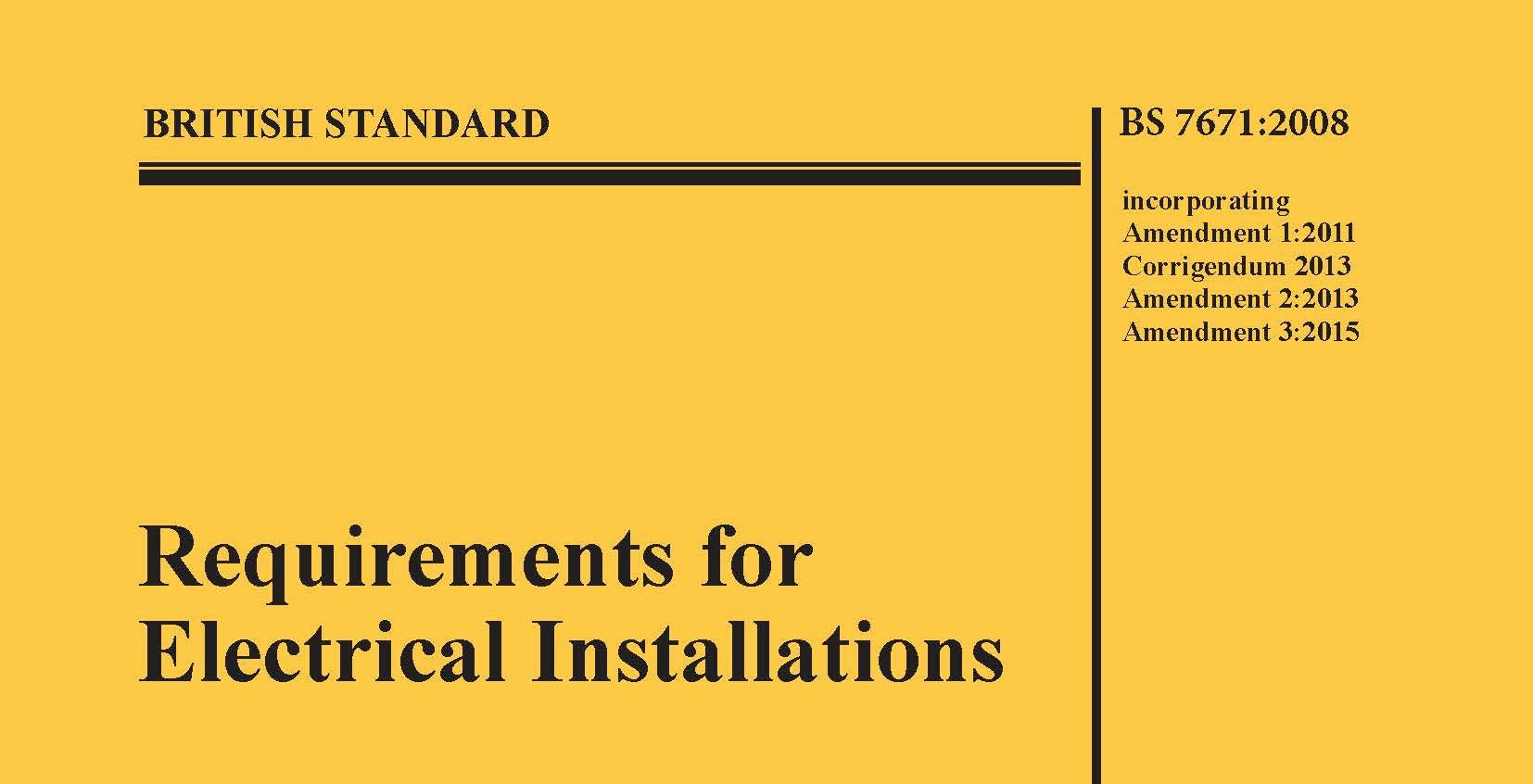What is an Electrical Condition Report?
An Electrical Installation Condition Reports (EICR) is an official document that is produced following an assessment an electrical installation, either domestic, commercial or industrial premises require inspection with varying degrees of frequency depending on the premises
It must be carried out by a suitably qualified electrician or electrical contractor who has a good working knowledge and experience of electrical installations.
When an EICR is performed on the property the contractor will need to disconnect the installation from the mains electrical power supply. Depending on the size of the property this can take anywhere from an hour or two to a whole day, some larger installations especially commercial or industrial installations can take days or even weeks.
The contractor needs to switch off and disconnect the power for reasons of safety and also for the purpose of being able to apply the correct test to the relevant electrical circuit. The disconnection of the power supply is of course going to be an inconvenience for those that are using the building at the time, especially if the disconnection of the power impacts on the running of a business or other critical operation.
When do you need an EICR?
One of the more common reasons an EICR is requested is in rental properties.
The frequency of domestic EICR’s is 10 years or change of occupancy to inspect the condition of the electrical system and ensure there is no deterioration, although there may be reasons why an EICR would need to be carried more frequently. Typical reasons include:
- The Age of the installation (the older the installation the more frequent an EICR should be carried out) the type of property. For example, most commercial premises require assessment annually.
- The Environmental Conditions the misuse of the installation such as vandalism or exposure to harsh weather or UV light.
Requesting an EICR on a property that is being purchased is the best way to find out if work needs to be carried out on the electrical system and address any concerns the householder has about the condition of their electrical installation.
What does an EICR consist of?
An EICR will pick up any potential problem before it can become a serious, or even hazardous.
The test will follow along the lines detailed below:-
Visual inspection:
This is where the electrician will survey the electrical installation before they commence with the electrical testing. The visual inspection will highlight broken or cracked devices, where devices may have been installed in the wrong location, or if there have been overloading or over heating problems.
Electrical testing with the use of electrical test meters, include:
Dead testing
- Continuity testing: a test to check if there are any badly connected conductors
- Insulation resistance testing: this test is to make sure that the electrical insulation material surrounding the conductors is intact.
- Polarity: this test is to check that the connection are connected in the right sequence
Live Testing
- Earth fault loop impedance testing: this test is to check that if a fault did occur, that the system meets requirements to cause a disconnection of the supply within the time limit specified
- RCD testing: on modern electrical systems RCD’s and RCBO’s are regularly fitted, these devices react to electricity missing from the circuit or installation such as when a person is receiving an electric shock as the electricity passes through his body to the ground (earth)
During an EICR, the inspector may make a number of electrical observations and will give each one a recommendation code C1 C2 or C3. The observations describe a defect or omission within the electrical installation.
- C1 = Danger Present, Immediate Remedial Action Required, There is a risk of injury and that immediate remedial action is required to remove the dangerous condition
- C2 = Potential Danger Urgent Remedial Action Required, Potentially dangerous condition’: Urgent remedial action required, this should declare the nature of the problem, not the remedial actions required.
- C3 = Improvement Recommended, This code more often than not implies that while the installation may not comply with the current set of regulations, complies with a previous set of regulations and so is deemed to be safe although this safety can be improved upon
Most companies as a matter of course would provide an estimate to rectify the remedial works, although the report will enable the tenant/owner to source further quotations to check competitiveness of quotation.
On larger installations it is possible to carry out a 20% test every year for 5 years as long as the system is shown to be in a good state of repair, this is a particularly appealing solution to large premises’ such as factories where it might not be feasible to carry out the inspection in one hit and there is a long track record of the good electrical maintenance.
Electricity is often taken for granted in homes and businesses, and when it’s not available, it causes major inconvenience for everyone concerned.
This is why it is crucial for a regular safety inspection to provide the peace of mind that your electrical system won’t let you down when you least expect it.







